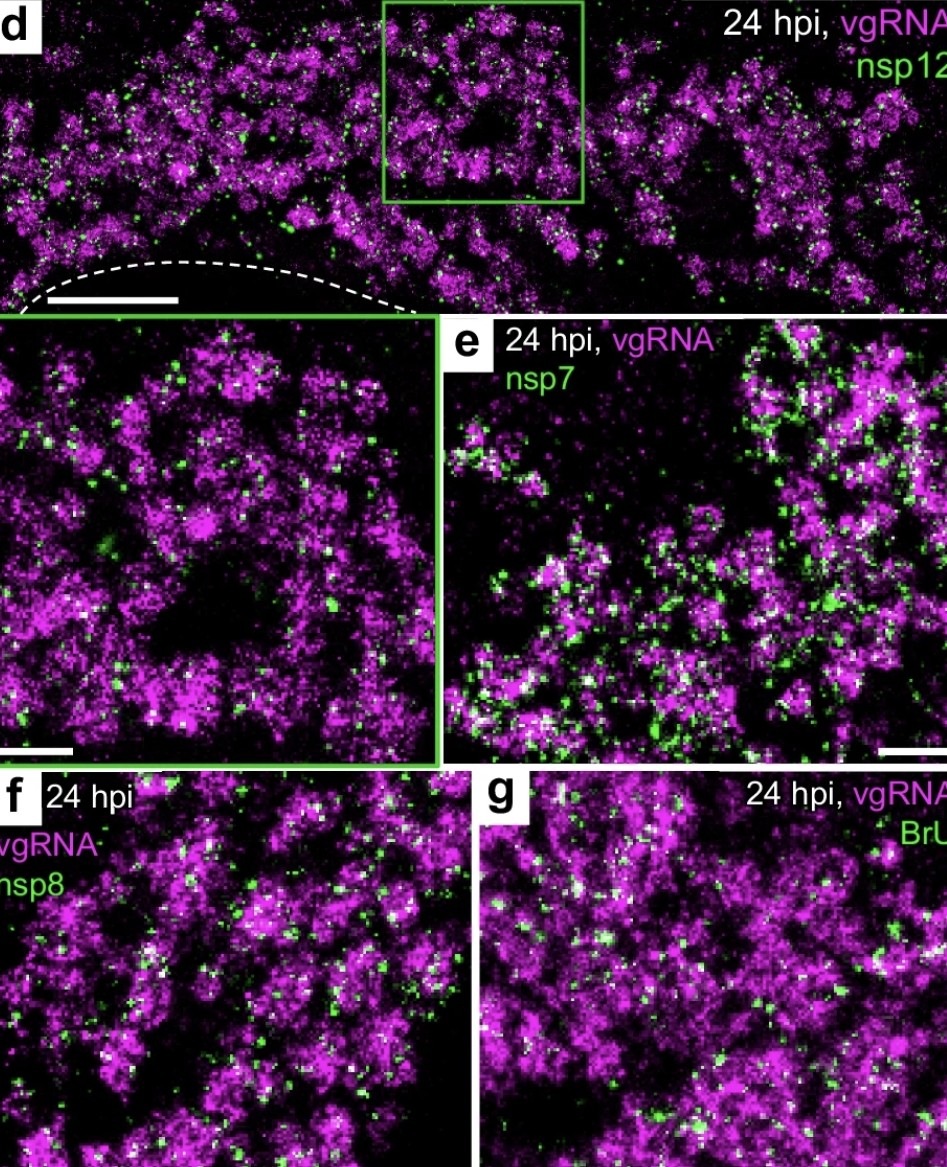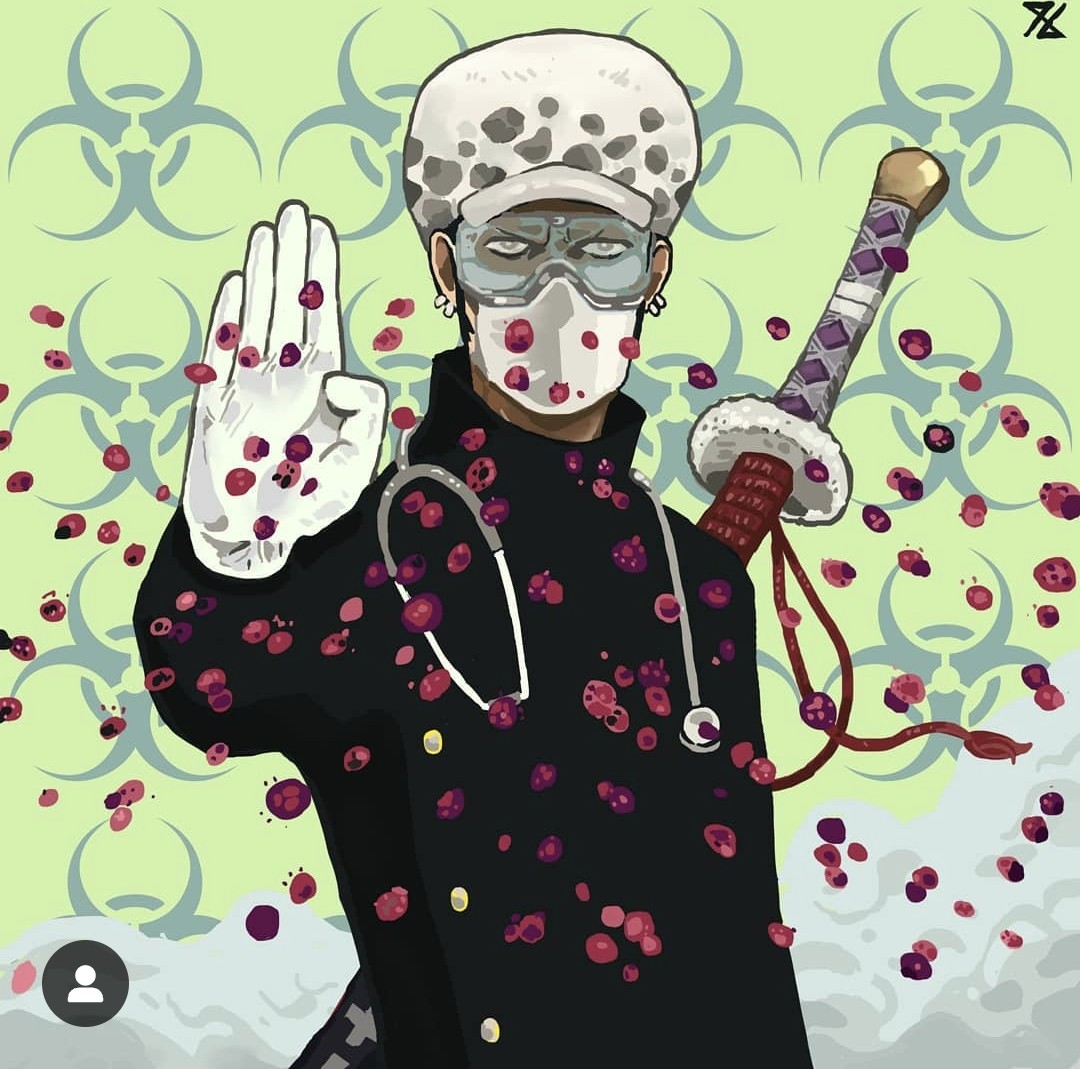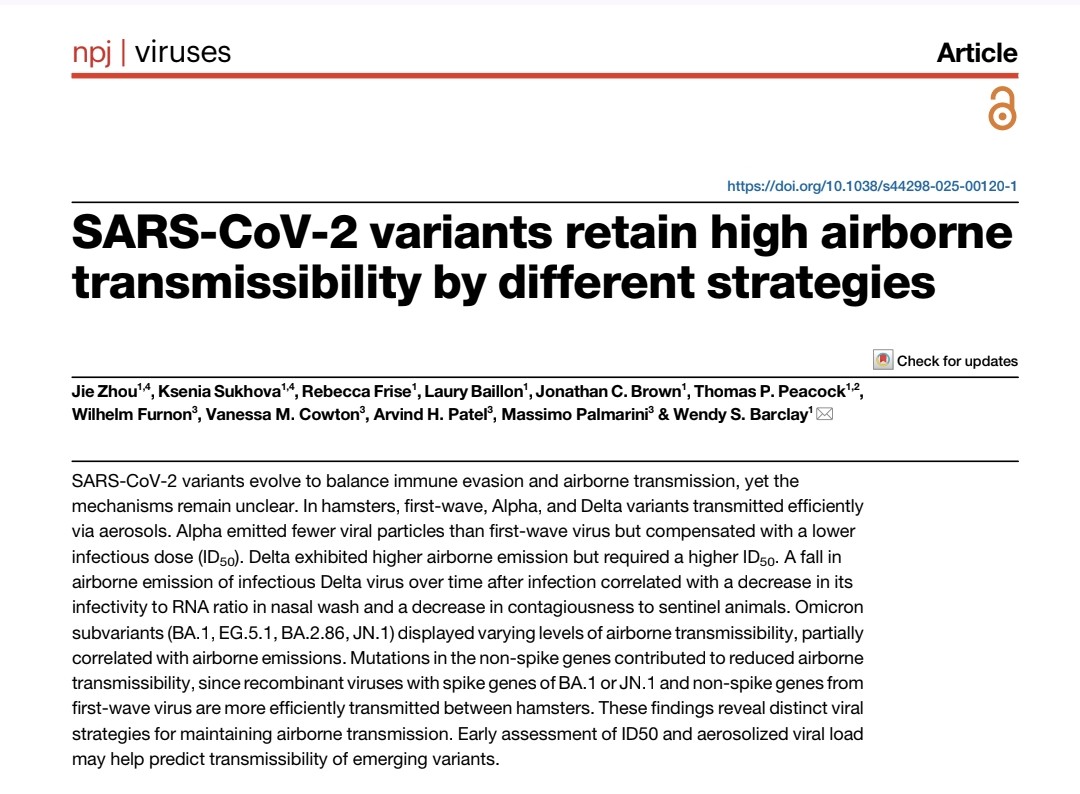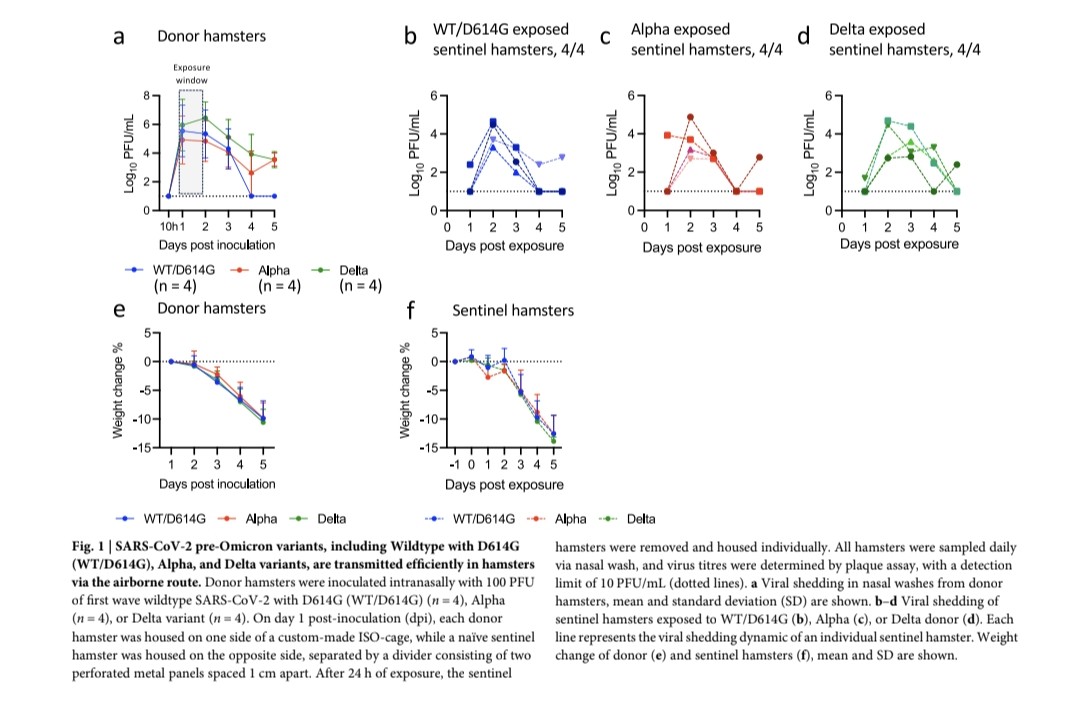IS SARS-CoV-2 BECOMING "INVISIBLE"? The Hidden Truth Behind the Pandemic
As the world strives to move past the COVID-19 pandemic, a troubling narrative has emerged: the perception that SARS-CoV-2 is becoming "invisible."
As the world strives to move past the COVID-19 pandemic, a troubling narrative has emerged: the perception that SARS-CoV-2 is becoming "invisible."

2) Governments and communities are eager to return to normalcy, leading to a tendency to downplay the virus's severity. Reports of new infections and long COVID cases have been totally minimized, creating a false sense of security ...
https://x.com/ejustin46/status/1639811506412965890?s=19
3) ...that the virus is no longer a significant threat. However, this perception is not only a matter of public sentiment. The virus itself has evolved, most notably with the emergence of the Omicron variant. Recent research reveals that Omicron exhibits a remarkable ability ... 
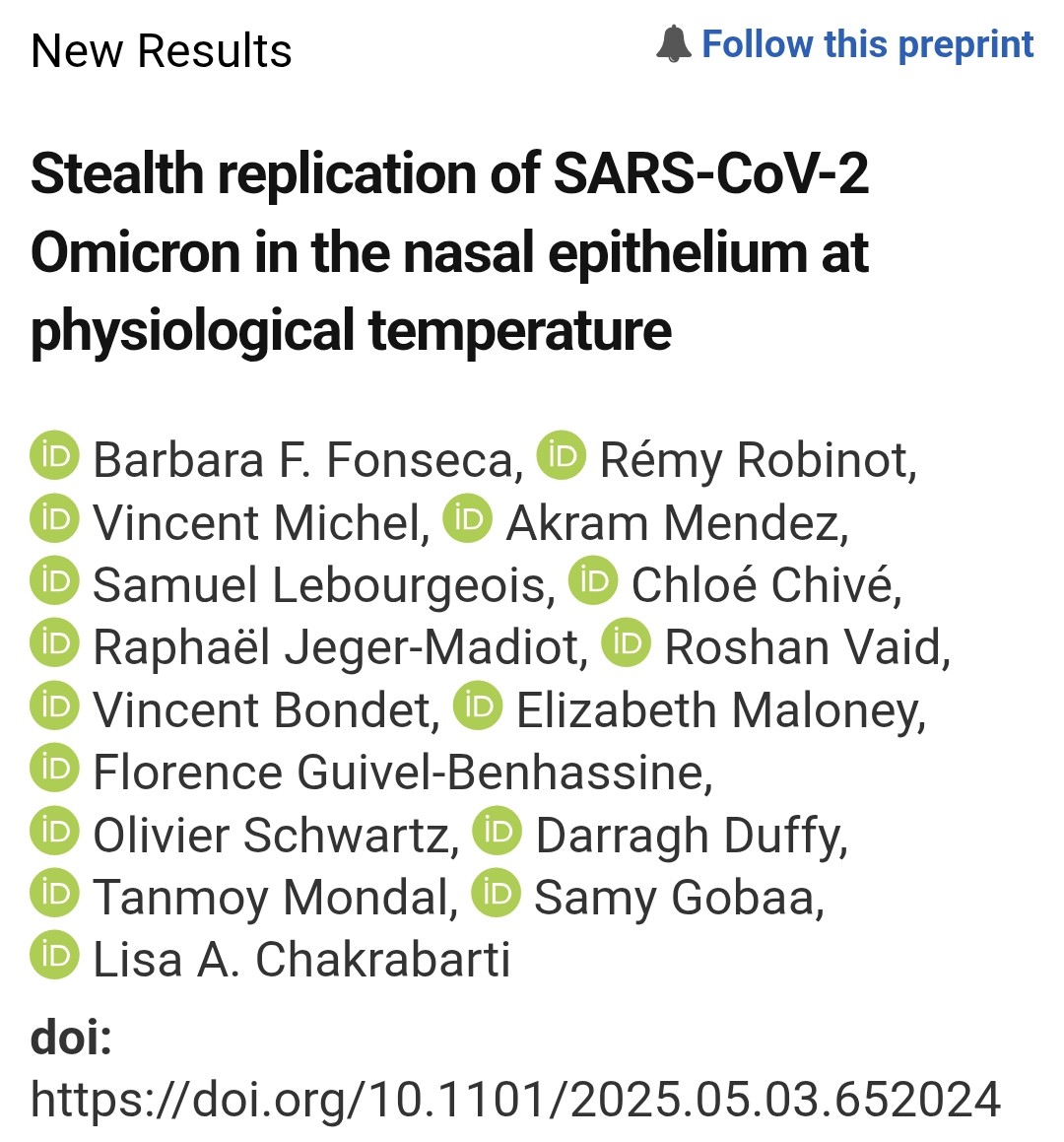
4) ... to replicate stealthily in the nasal passages, evading the body's immune responses more effectively than earlier variants. This means that even mild cases can go unnoticed, allowing the virus to spread quietly within communities.
biorxiv.org/content/10.110…
biorxiv.org/content/10.110…

5) The combination of societal minimization and the virus's biological adaptations complicates the public's understanding of COVID-19's ongoing risks. While many wish to view the pandemic as a thing of the past ... 

6) ...the reality is that SARS-CoV-2 remains a formidable public health challenge, lurking in the shadows and waiting for opportunities to re-emerge.
Thanks for reading 🙏
Thanks for reading 🙏
• • •
Missing some Tweet in this thread? You can try to
force a refresh













